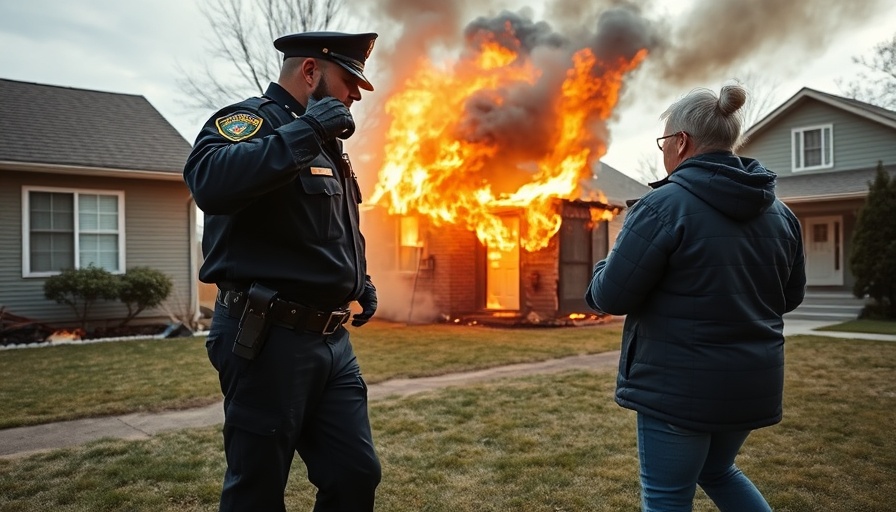
Recognizing Blind Spots in Officer Training
In the high-stakes world of policing, confidence can often be a double-edged sword. As seasoned law enforcement trainers will attest, there exists a pervasive issue within many police departments: a troubling blend of overconfidence and complacency that undermines officer safety. This dynamic can lead to officers who, when faced with real-life threats, may falter despite appearing competent due to prior successes or training.
The Cost of Complacency
After years of working in law enforcement and training thousands of officers, I continue to witness the same troubling trend. Officers often arrive unprepared for training sessions—displaying a disconnect between their perceived capabilities and actual readiness. This phenomenon frequently occurs in agencies where a casual attitude persists. They may believe a good weapons qualification or a past self-defense course suffices, but such notions are dangerously flawed.
Bridging the Confidence Gap with Training
As experts emphasize, training serves as the most honest measure of an officer's readiness. It’s a reality check that forces individuals to confront their weaknesses and push their limits. Research from the Force Science Institute underscores a critical point: an officer's response under stress is dictated by their training background—lessons that are too often neglected or forgotten. When officers skip regular training, relying solely on external factors such as their badge or backup, they expose themselves and those they protect to significant risk.
Implications for Community Trust and Safety
This lack of preparedness can lead to grave consequences, both for the officers and the communities they serve. Initiatives aimed at enhancing officer wellness, training programs, and integrating advanced public safety technology are crucial for bridging these gaps. Communities thrive on trust, and when law enforcement agencies cultivate a culture of continuous improvement and accountability, it strengthens community bonds. Essential metrics for assessing trust often revolve around transparency and engagement strategies, indicating how policing efforts are perceived by the public.
Taking Action: Steps Forward for Law Enforcement
For departments aiming to address these vulnerabilities, the solution lies in proactive engagement and tactical innovations. Law enforcement agencies should prioritize continuous officer training, incorporating simulation-driven experiences to mirror real-life encounters more closely. This approach aligns officers’ self-image with their actual capabilities, thereby ensuring they are better prepared for service. Engaging community outreach can also foster dialogue about police culture and shape a more collaborative environment focused on mutual safety goals.
Conclusion: A Call for Reform and Readiness
The intricate relationship between officer safety and community trust cannot be overemphasized. By implementing comprehensive training programs that focus not only on physical readiness but also on mental preparedness, police departments can significantly elevate their effectiveness. A culture of transparency, combined with ongoing public safety efforts and reform, holds the potential to redefine modern policing. Now is the time for law enforcement agencies to initiate these changes, ensuring officers are not just equipped with tools but are mentally and strategically prepared to face the realities of their critical roles.
 Add Row
Add Row  Add
Add 

 Add Element
Add Element 


Write A Comment